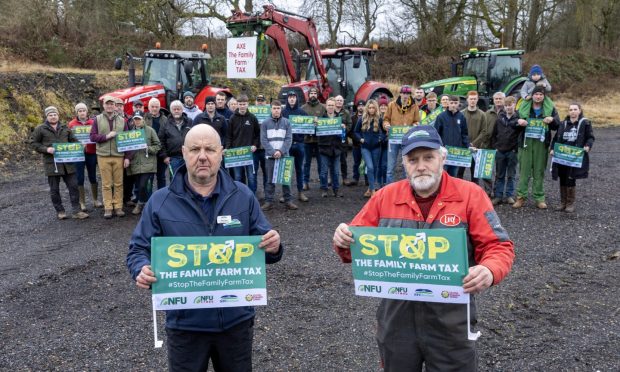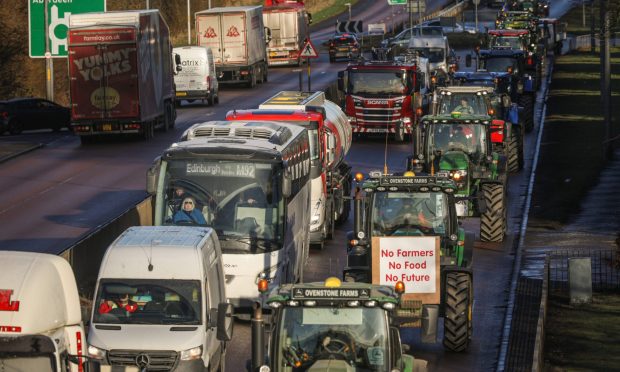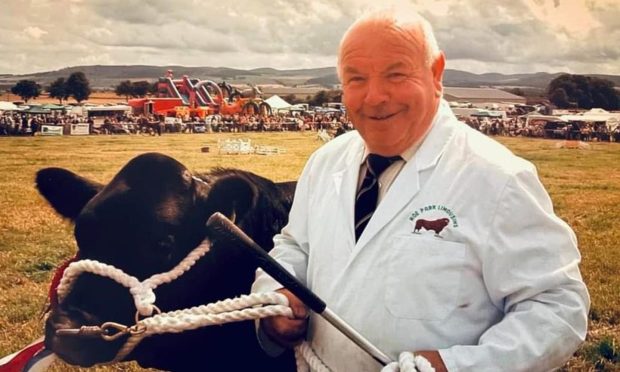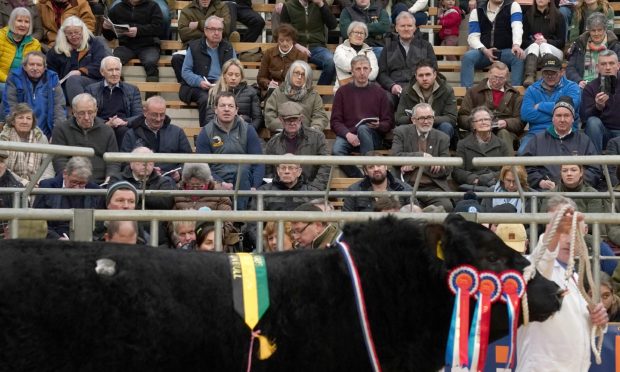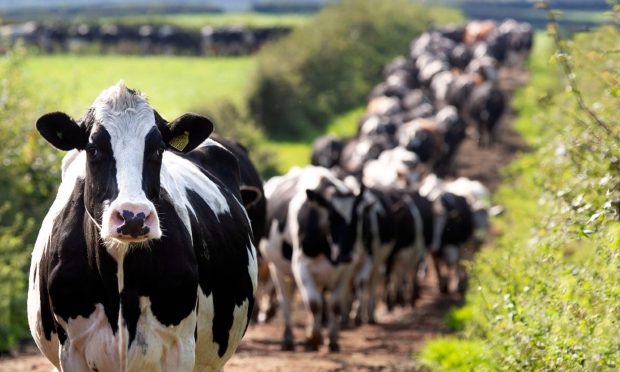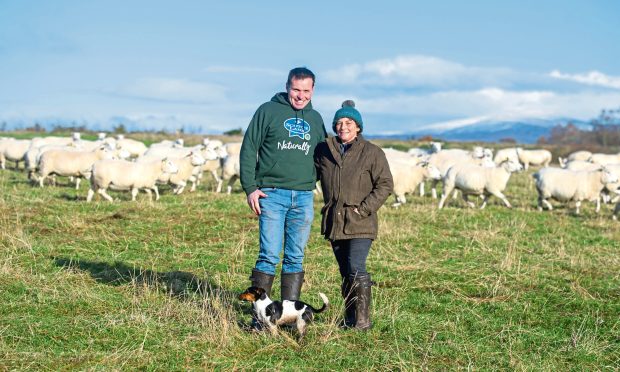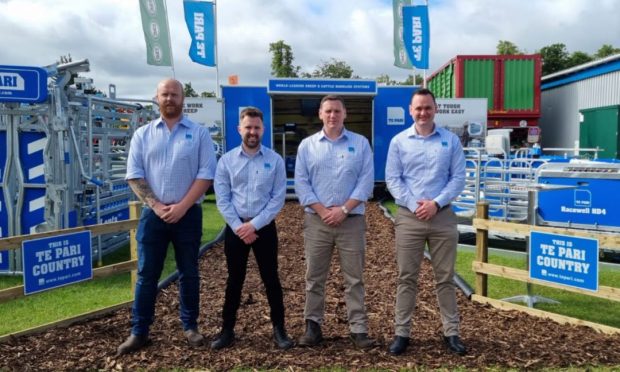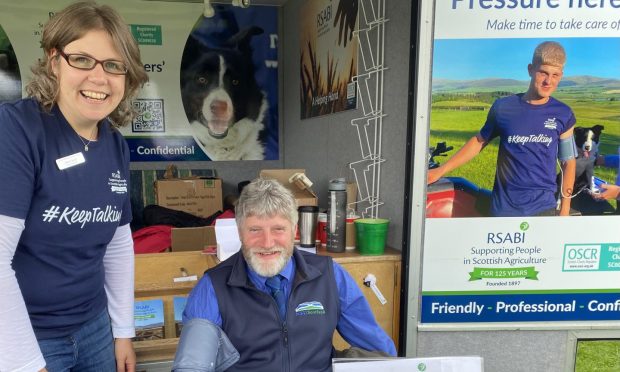As the 2020 harvest draws to its conclusion, farming businesses across Scotland can now draw breath and assess the fruits of many months’ worth of labour.
Initial reports indicate yields have been variable, so why is it always such a rollercoaster and what can a farming business do about it?
Clearly weather – good and bad – is the overriding factor and something that is outwith the farmer’s control. However, many farming businesses across Scotland will be undertaking innovation and development annually to help maximise yields and cut cost of production.
It is this innovation that can have a major but often forgotten tax benefit.
If a farming business is set up as a limited company, it may be eligible to claim research and development tax credits, which can prove to be a lucrative means of reducing tax exposure.
Unfortunately, for businesses structured as partnerships or sole traders, this relief is unattainable.
Many farming companies simply do not make a claim. Why? Either because they are unaware of the scheme’s existence or they believe research and development is only done in government laboratories – which is not the case.
The (SME) scheme available to limited companies allows those companies an extra 130% deduction of qualifying expenditure from annual trading profits, on top of the normal deduction, therefore allowing a 230% total deduction.
For example, an arable farmer spends £5,000 on trialling new varieties of seed to improve yield or improve resistance to disease. Without an R&D claim, this would save the farmer £950 in corporation tax, however with a claim, the saving would be £2,185. The premise of the R&D scheme is to encourage spending on innovation.
Allowable costs for an R&D project tend to fall into three categories: Payment of staff time including the farmer via payroll; the materials used in trials and testing; and finally any subcontractor costs which tend to bring the specialist knowledge to a project.
The time limit for making a claim is two years from the end of the businesses’ accounting period, meaning that there is a possibility to review not only the current year but the previous one also.
Across the Scottish farming industry many areas may be open for an R&D review. In the livestock sector, for example, costs incurred in selective breeding of pedigree stock to improve underlying genetic traits or undertaking feeding trials for improved weight gain and animal health carry an element of cost and innovation and therefore there is a potential for a claim.
Likewise, in the arable sector, in addition to seed trials, the use of technology software and mapping for fertiliser application rates to maximise yield and reduce costs could qualify. Similarly, the cost of growing and using green manures may qualify given the unknown benefits on soil nutrition.
In Scotland, the development of new planting techniques such as min-till or direct drilling, rather than the traditional behind-the-plough system, are becoming ever more prevalent. The costs involved in these new systems and developing what works on an individual farm may also qualify.
As the industry embraces the requirement to be greener, on-farm costs involved in achieving energy efficiency, reducing water usage, or reducing farm waste, eg biofuels, will all potentially come under the R&D credits scheme.
Those trading as a farming company are encouraged to discuss research and development with their advisers, as it is likely that the day-to-day work many farming businesses undertake may well qualify for this relief.
Mark Gibson is a partner with Thomson Cooper accountants.

